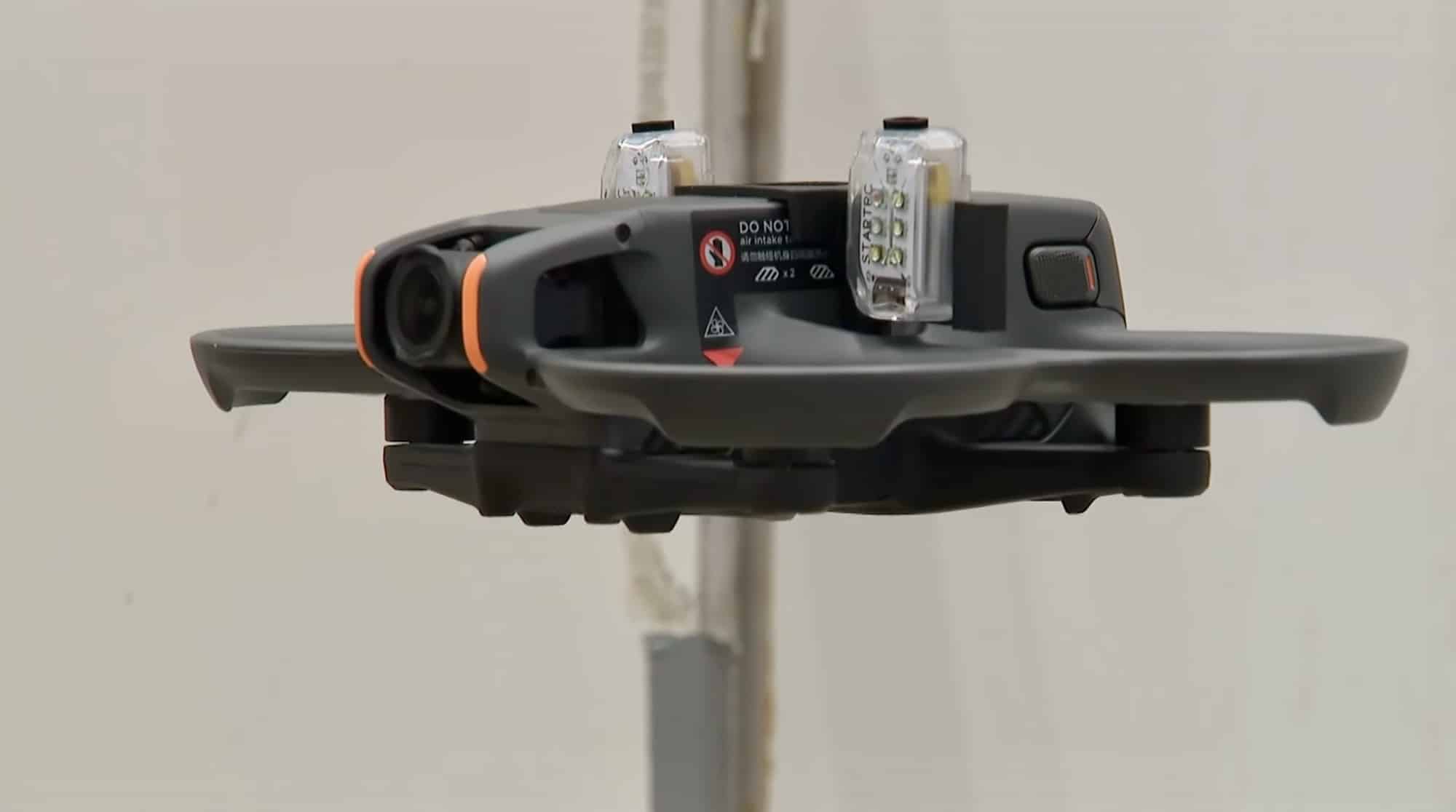Ohio Law Enforcement Pioneers Drone Training To Boost Officer Safety In High-Risk Scenarios
In 2025, Ohio solidified its position as a leader in public safety innovation by introducing a transformative drone training program for law enforcement. As police officers confront increasingly unpredictable dangers, the Ohio Peace Officer Training Academy (OPOTA) in London, Ohio, is at the forefront of exploring how unmanned aerial systems (UAS) can revolutionize policing, particularly in high-risk situations.
What’s Changing? The Shift From “Feet First” To “Drone First”
Traditionally, police training emphasized the need for officers to enter perilous environments—like active shooter sites or hostage situations—without always knowing what awaited them. Now, with drone technology, a new protocol is emerging: deploy the drone first.
“Rather than jeopardize officers… they can now fly a drone through the breached window to assess the situation,” explains Shane Posey, a police officer and adjunct instructor at OPOTA.
Key innovation: Officers utilize drones (such as DJI models) for initial evaluations in hazardous scenarios. These drones can navigate through breached windows, survey rooms, and transmit live video to command, all while keeping the team safe.
Why Drones? The Tangible Benefits
- Reducing Risk: Drones serve as a digital barrier, shielding officers from immediate threats like armed individuals or dangerous environments.
- Faster Resolutions: Real-time aerial footage provides police with a tactical advantage, enabling quicker and more accurate decision-making.
- Cost Efficiency: As highlighted by Attorney General Dave Yost, drones are far more economical compared to potential medical or compensation costs for injured officers.
- Improved Mental Well-being: Avoiding direct threats helps alleviate the significant stress and trauma that first responders typically experience.
This advancement not only enhances officer safety but also benefits bystanders, suspects, and others present during police actions by reducing escalations and increasing situational accuracy.
How The Training Works: Inside OPOTA’s Drone Scenarios
OPOTA’s training extends beyond the classroom, immersing officers in full-scale, scenario-based drills:
- Simulated High-Risk Entries: Officers practice deploying drones into a mock house after simulating gunshots, reflecting real-world scenarios of active shooter or barricaded suspect incidents.
- Virtual Emergency Response: The program welcomes participants from across the U.S., promoting standardized tactics and protocols for police drone operations.
- Technological Skill-Building: Officers gain experience piloting drones through obstacles, managing live video feeds, and tackling technical failures, skills crucial for real missions.
This extensive curriculum also covers flight safety, emergency protocols, data management, and the use of specialized imaging technology like thermal cameras for search-and-rescue or night missions.
The Bigger Picture: Ohio Setting The National Standard
Attorney General Dave Yost, an avid proponent, emphasizes the paradigm shift:
“Proper drone use can change tactical doctrine… potentially saving lives—both police officers’ and others involved in emergency responses,” Yost states.
Inspired by Ohio, other cities are adopting similar initiatives. For example, Cleveland is considering a “Drone as First Responder” program for fire and EMS calls, aiming for real-time situational awareness even before responders arrive. Such initiatives enable drones to deliver live video, thermal imagery, and rapid on-scene assessments, potentially enhancing safety and minimizing harm.
Training Isn’t Just About Flying: Certification, Skills, And Emergency Prep
Becoming an effective police drone operator requires more than just piloting skills. Well-rounded programs—like those at OPOTA, Cleveland’s Tri-C Drone Academy, and others—encompass:
- Regulatory Knowledge: Understanding federal and state drone laws, privacy regulations, and evidence handling.
- Risk Assessment: Deciding when drone deployment is appropriate in the field.
- Emergency Procedures: Addressing issues like signal loss, battery depletion, and GPS or obstacle avoidance failures, along with manual navigation and secure landings under pressure.
- Data Security: Managing, storing, and safeguarding sensitive footage responsibly.
- Scenario-Based Testing: Practicing in simulated settings, mock nights, and tactical exercises to develop muscle memory and real-world readiness.
Expert tip: Agencies should apply standard methods (like the NIST sUAS Test Methods) to ensure pilots remain proficient and operationally prepared.
Real-Life Impact: Crash Scene Reconstruction And Faster Investigations
Drones go beyond tactical uses. In a notable demonstration led by OPOTA, drones were employed to reconstruct vehicle crash scenes—launching a DJI Phantom 4 Pro to photograph sites and produce precise 3D models in just minutes. Tasks that once took hours with traditional tools are now streamlined, freeing officers for urgent duties and improving case results.
Looking Ahead: Privacy, Certification, And The Expanding Role Of Drones
As drones become integral to law enforcement, new concerns emerge:
- Privacy Protections: Agencies must ensure drones aren’t used in ways that infringe on citizens’ privacy, balancing transparency (such as public data with redactions) with operational secrecy.
- Certification Standards: Determining who is qualified to fly drones for public safety is crucial. Agencies strive for uniform certification, vetting, and continuous skills assessments to maintain public trust.
- Advanced Tech: The future holds the promise of autonomous features, advanced AI analysis, and enhanced data-sharing capabilities, further bolstering officer safety and mission efficacy.
The Human Side: Stories From The Field
What makes this initiative remarkable is not just the technology, but the people. Many OPOTA instructors, like Shane Posey, are active-duty officers with frontline experience. Their commitment to saving lives extends beyond their colleagues to community members and even suspects. Training sessions often conclude with candid discussions on the mental burdens of high-risk policing and how drones, by reducing trauma exposure, support officers’ long-term well-being.
Expert Tips For Departments Eyeing Drone Adoption
- Start Small, Scale Fast: Launch pilot programs focusing on high-priority calls—active shooters, barricaded suspects, and disaster response.
- Invest In People As Much As Tech: Properly trained, certified operators are just as crucial as having advanced drone models.
- Engage The Community: Communicate transparently about the benefits to public safety and privacy protections to build public confidence.
- Never Stop Training: Regular scenario-based drills and refresher courses on emergency procedures are vital for maintaining peak readiness.
- Cross-Departmental Collaboration: Share insights and best practices regionally and nationally to elevate standards for all.
Final Thoughts: Drones As Trusted Partners, Not Replacements
Ohio’s pioneering strategy doesn’t merely add gadgets—it redefines the framework for police safety in the digital era. Drones are emerging as trusted allies on the frontline, transmitting crucial intel and allowing officers to leverage their skills where they’re most needed—without undue risk. With enthusiastic support from instructors, comprehensive training plans, and strong state leadership, Ohio isn’t just leading the nation; it’s transforming the cultural landscape of modern American policing.













